1. Bakersfield, California
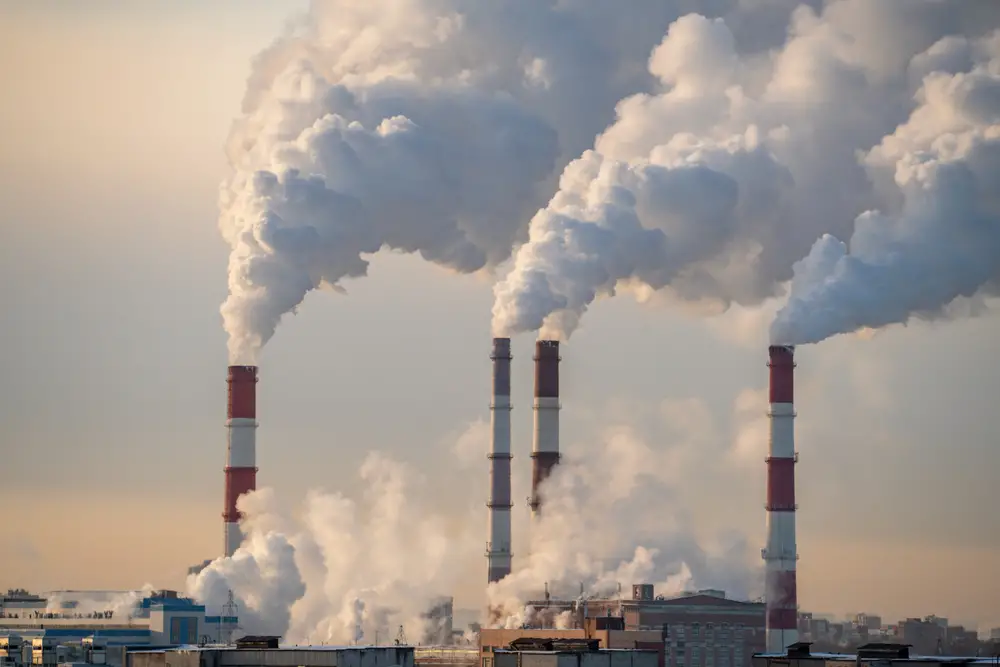
If there’s a capital of bad air in the U.S., it’s Bakersfield. Year after year, this Central Valley city tops pollution rankings, thanks to a nasty mix of vehicle emissions, industrial pollution, and its unfortunate bowl-like geography that traps dirty air. In fact, the American Lung Association has consistently ranked Bakersfield as one of the worst places for both ozone and particle pollution. Living here means higher rates of asthma, lung disease, and even heart problems, making it a tough place for anyone with respiratory issues.
Farming, oil extraction, and a major transportation corridor all contribute to the mess. And while California is known for its environmental efforts, Bakersfield is proof that not all cities are winning the battle against pollution. On bad air days, residents are advised to stay indoors, and outdoor exercise can feel like inhaling a cocktail of exhaust fumes. Until major changes happen, Bakersfield will likely hold onto its infamous title.
2. Fresno, California

Another Central Valley city suffering from pollution overload, Fresno struggles with air quality due to its location, heavy agriculture, and relentless traffic. The valley acts like a giant pollution trap, keeping toxic particles from escaping and forcing residents to breathe in some of the dirtiest air in the country. Smog and soot build up fast, creating a dangerous mix that leads to sky-high asthma rates, particularly among children and the elderly.
The pollution here isn’t just from cars and trucks—it’s also from the massive farms surrounding the city. Pesticides, dust, and emissions from machinery all play a role in Fresno’s poor air quality. And while state regulations have helped a bit, it’s still one of the hardest places to breathe in the U.S. For those with respiratory conditions, simply stepping outside can be a gamble.
3. Los Angeles, California
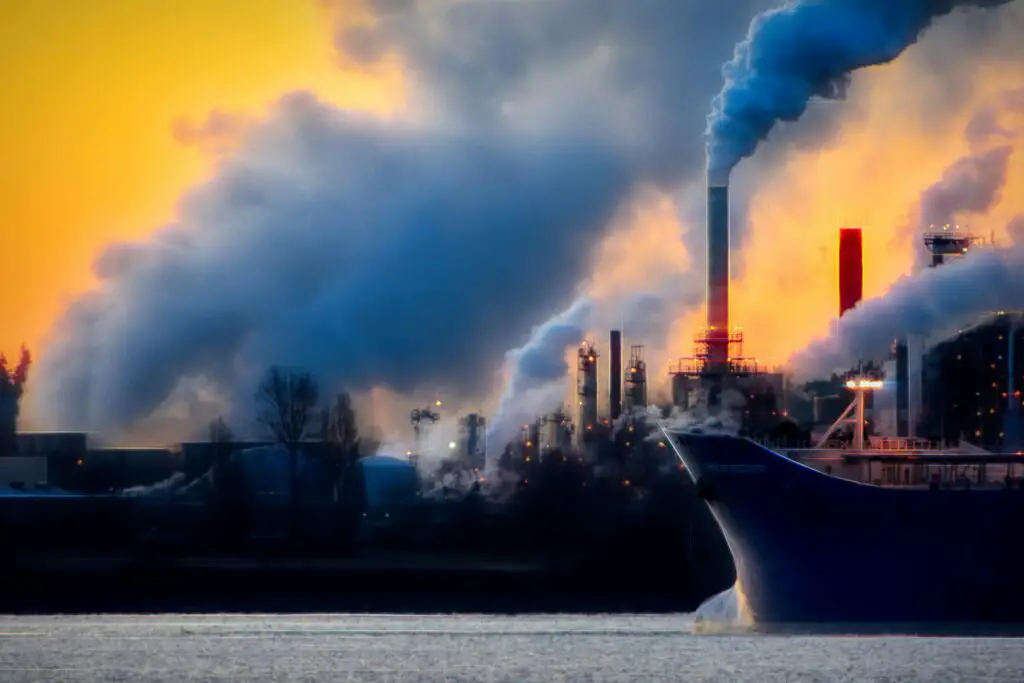
The City of Angels may be famous for its Hollywood glamour, but it’s also notorious for its choking smog. L.A. has battled air pollution for decades, and while improvements have been made, it’s still one of the worst places in America for clean air. A combination of relentless traffic, industrial emissions, and warm weather that traps pollutants makes this city a nightmare for anyone sensitive to air quality issues.
The iconic L.A. skyline often disappears behind a thick haze, and the sheer number of cars on the road means pollution levels stay high year-round. Despite strong environmental policies, L.A. remains a smog hotspot, proving that even in a green-conscious state, air quality struggles persist. On bad days, breathing in L.A. can feel like a workout for your lungs.
4. Visalia, California
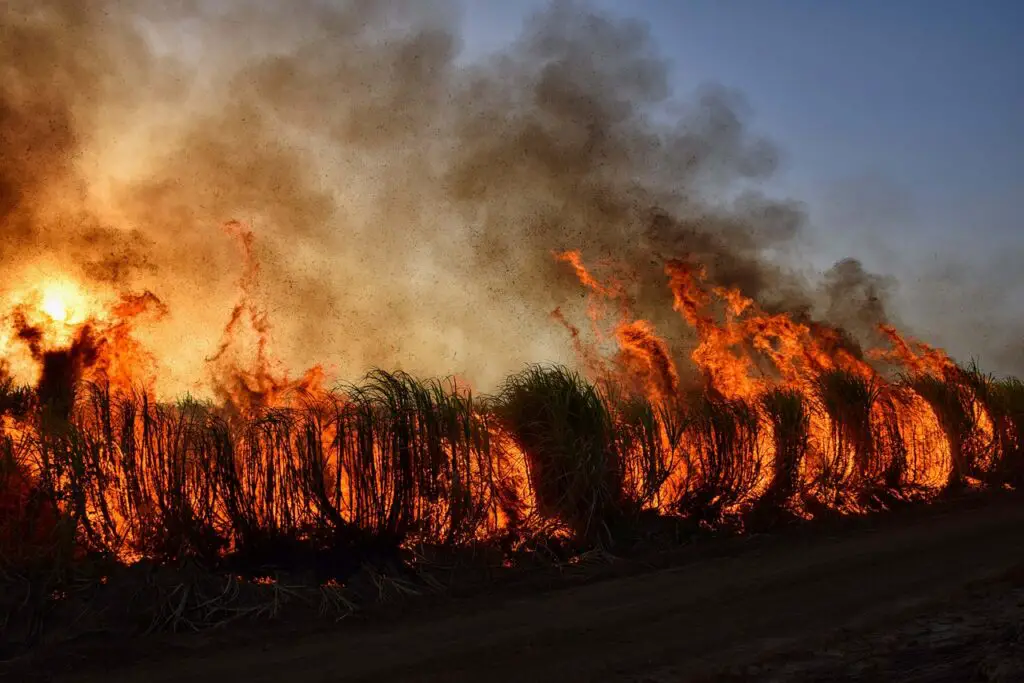
Most people don’t think of Visalia when they picture pollution nightmares, but this small city in California’s Central Valley ranks among the worst. It faces the same problems as its neighbors—agriculture, traffic, and a geography that traps pollutants—but with fewer resources to combat them. The air here is packed with tiny, harmful particles that can burrow deep into the lungs and cause serious health problems over time.
Wildfires in California make things even worse, sending waves of smoke into the valley and making breathing conditions unbearable. When the fires rage, air quality drops to hazardous levels, forcing people indoors. Unfortunately, Visalia’s pollution problem isn’t going away anytime soon, and residents continue to suffer from some of the most toxic air in the nation.
5. Phoenix, Arizona

Phoenix is known for its scorching heat, but its pollution problem is just as brutal. The city ranks high in ozone pollution, meaning that on hot days, the air turns into an invisible threat. Smog builds up fast, thanks to relentless car traffic and industrial emissions, and the desert climate does nothing to help clear the air. If you’ve ever felt like you’re breathing through a straw while visiting Phoenix, you’re not imagining it.
The rapid growth of the city has only made things worse, as more people means more cars, more construction, and more pollution. On the worst days, residents are warned to limit their time outdoors, especially if they have preexisting lung conditions. While Phoenix has taken steps to improve air quality, it still struggles to shake off its reputation as one of America’s most polluted cities.
6. San Bernardino, California
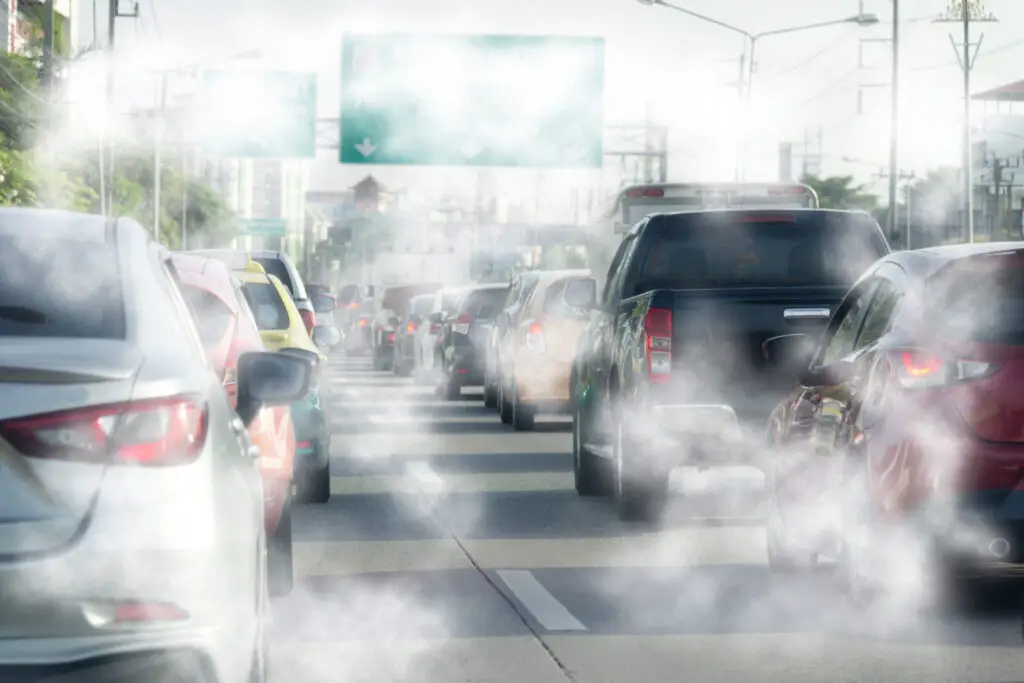
If you’ve ever driven through San Bernardino and felt like the air was a little thicker than usual, you’re not wrong. This Southern California city has a serious pollution problem, largely due to its busy highways, industrial activity, and surrounding mountain ranges that trap smog like a giant lid. Ozone levels here are consistently among the worst in the country, making it a tough place to live for anyone with respiratory issues.
Truck traffic from major distribution centers doesn’t help either. As a hub for logistics and shipping, San Bernardino sees thousands of diesel-powered trucks rumbling through daily, pumping soot and chemicals into the air. And when wildfires hit California, smoke drifts in and settles over the city, turning an already bad situation into a public health emergency.
Click here for more stories like this
7. Houston, Texas
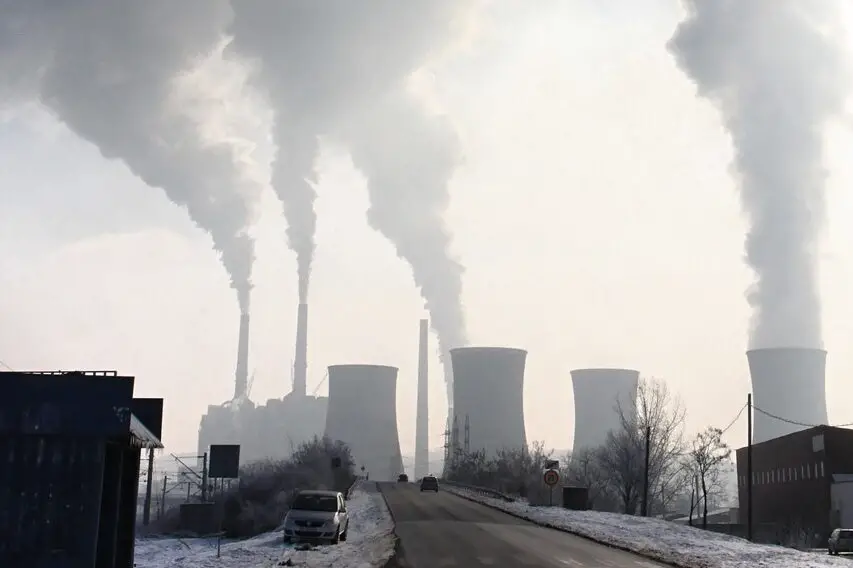
Houston may be known for its energy industry, but that title comes with a price—horrible air quality. The city is home to some of the biggest oil refineries and chemical plants in the U.S., which means the air is constantly laced with pollutants. Factor in the endless traffic, and Houston becomes one of the toughest places to breathe. Smog levels spike during the summer, making outdoor activities risky on certain days.
What makes Houston’s pollution particularly scary is the mix of toxins floating around. It’s not just smog—it’s also industrial chemicals, volatile organic compounds, and other hazardous pollutants that have been linked to cancer and other health issues. Despite efforts to regulate emissions, Houston continues to struggle with air quality, reminding residents that clean air is still a work in progress:
8. Indianapolis, Indiana

People don’t usually think of Indianapolis when they think of pollution, but this Midwestern city has some of the worst air quality in the country. The biggest culprits? Heavy industry, traffic congestion, and coal-fired power plants that still operate in the area. The city has high levels of particulate matter pollution, which can cause lung irritation, heart problems, and other serious health concerns.
Winter makes things even worse. Cold weather traps pollutants close to the ground, creating smoggy conditions that linger over the city. For people with asthma or other respiratory conditions, Indianapolis isn’t exactly the easiest place to live. Until cleaner energy sources become the norm, Indy’s pollution problem will stick around.
9. Chicago, Illinois

The Windy City isn’t just windy—it’s also pretty polluted. Chicago ranks high for both ozone and particle pollution, thanks to a mix of traffic, industrial emissions, and its position as a major transportation hub. The city’s highways are constantly jam-packed, and all that exhaust contributes to the smog that hangs over the skyline. On particularly bad days, you can actually see the pollution in the air.
Factories and power plants also play a role in Chicago’s air quality issues. While the city has made efforts to go green, pollution levels remain stubbornly high. For people living near industrial areas, the health risks are even greater, with studies linking air pollution to higher rates of asthma, heart disease, and even premature death.
10. Detroit, Michigan
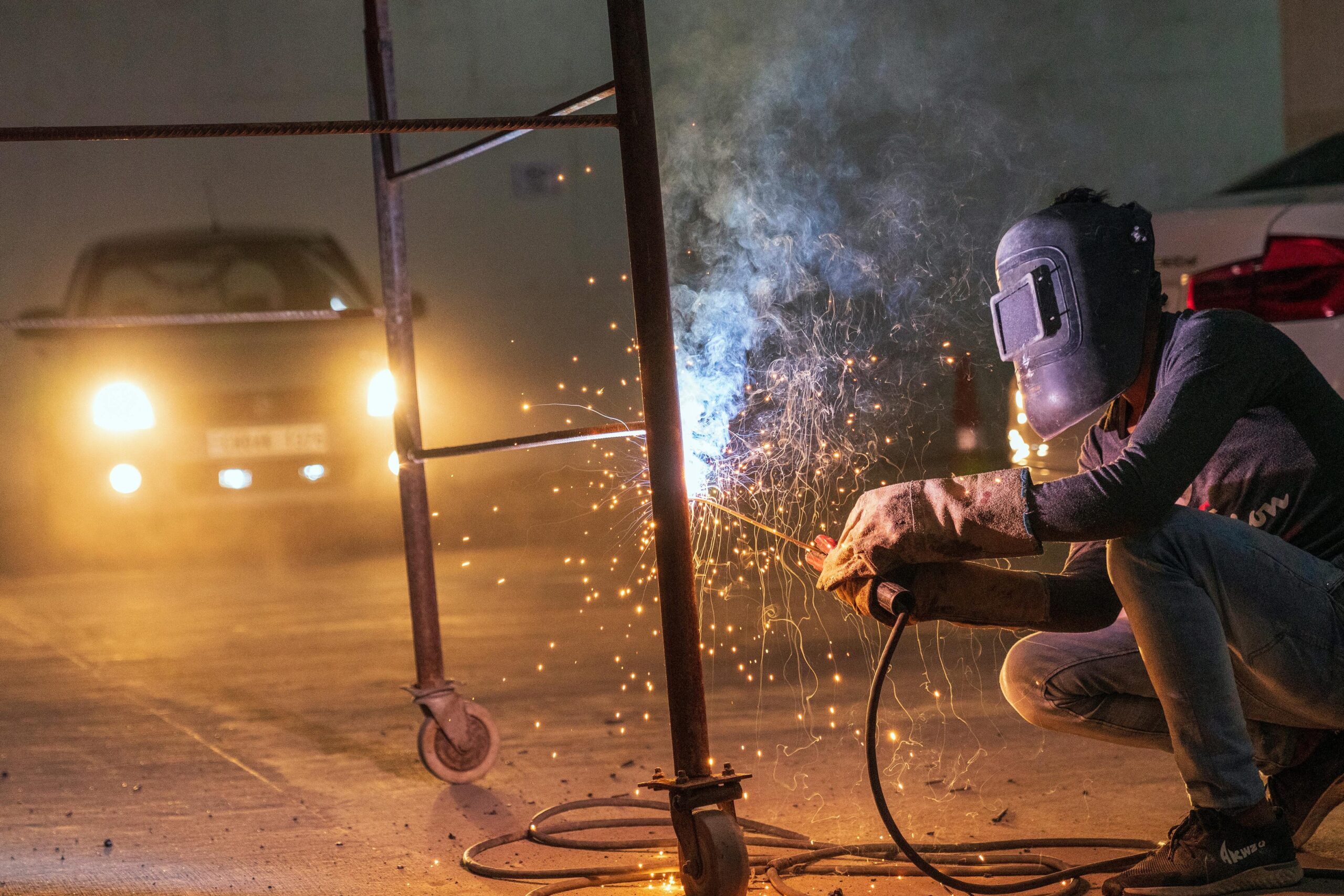
Detroit has come a long way in recent years, but air quality is still a major concern. The city’s long history with heavy industry and auto manufacturing has left behind a serious pollution problem. Factories, refineries, and vehicle emissions all contribute to high levels of particulate pollution, making Detroit one of the most polluted cities in America.
The impact on public health is significant. Residents in certain areas of the city suffer from higher-than-average asthma rates, and the pollution burden falls disproportionately on lower-income communities. While efforts are being made to clean up the air, Detroit still has a long road ahead when it comes to making the city a healthier place to live.
Not all cities are drowning in smog. Some have made major strides in reducing pollution, investing in clean energy, and creating healthier environments for residents. If you’re looking for fresh air and blue skies, these cities are leading the way in air quality and sustainability.
1. Honolulu, Hawaii
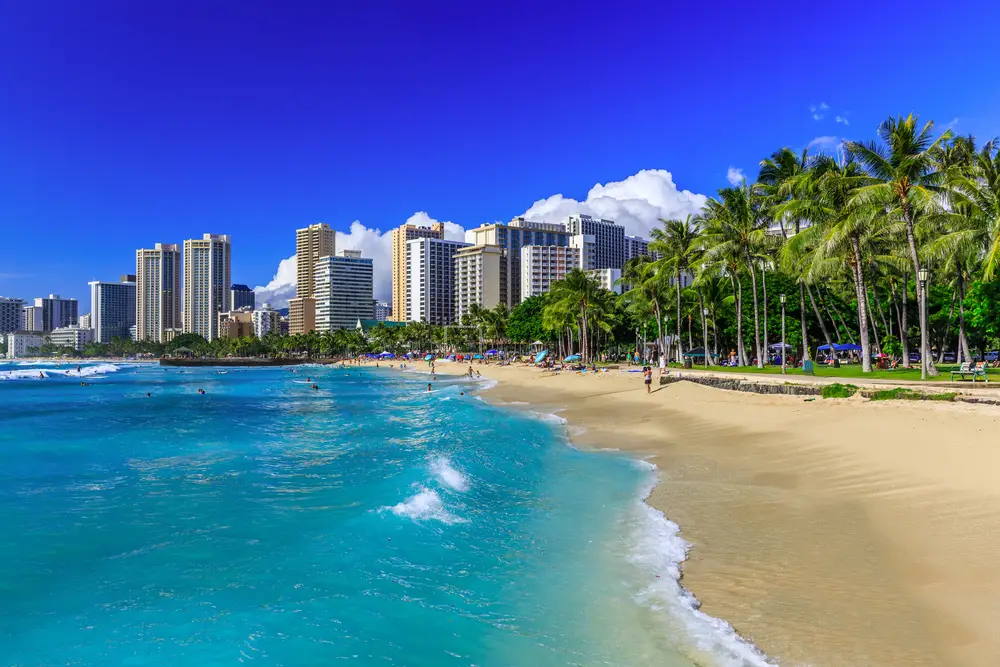
Honolulu isn’t just a vacation paradise—it’s also one of the cleanest cities in America. Thanks to steady ocean breezes, strict environmental regulations, and a commitment to renewable energy, this Hawaiian capital boasts some of the freshest air you’ll find in any major city. Unlike mainland cities that trap pollutants, Honolulu benefits from constant air circulation, which helps keep pollution levels low.
Another reason for Honolulu’s clean air is its reliance on renewable energy sources. Hawaii has been aggressively moving away from fossil fuels, with solar and wind power becoming a bigger part of the state’s energy mix. Combined with a culture that encourages outdoor living and sustainability, Honolulu proves that a city can be both beautiful and environmentally friendly.
2. Burlington, Vermont
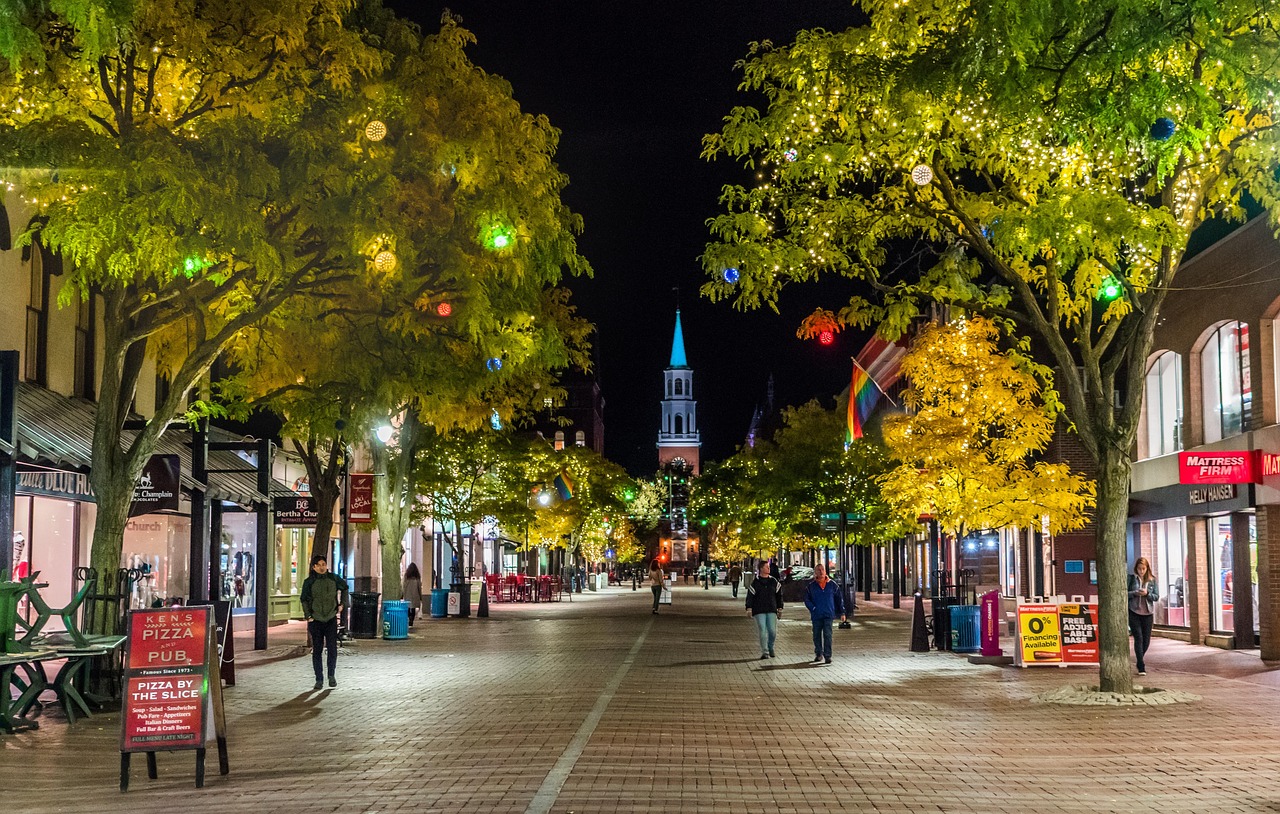
If fresh air is what you’re after, Burlington should be on your radar. This small city in Vermont takes sustainability seriously, and it shows in its air quality. Burlington was the first U.S. city to run entirely on renewable energy, and it has continued to invest in green initiatives that keep pollution levels low. The result? Crisp, clean air that makes spending time outdoors a dream.
With a strong focus on environmental conservation, Burlington also promotes biking, public transportation, and green building practices. The surrounding forests and lack of heavy industry contribute to the city’s fresh atmosphere, making it one of the healthiest places to live in America. Whether you’re kayaking on Lake Champlain or just taking a walk downtown, breathing in Burlington’s air is a refreshing experience.
3. Bangor, Maine
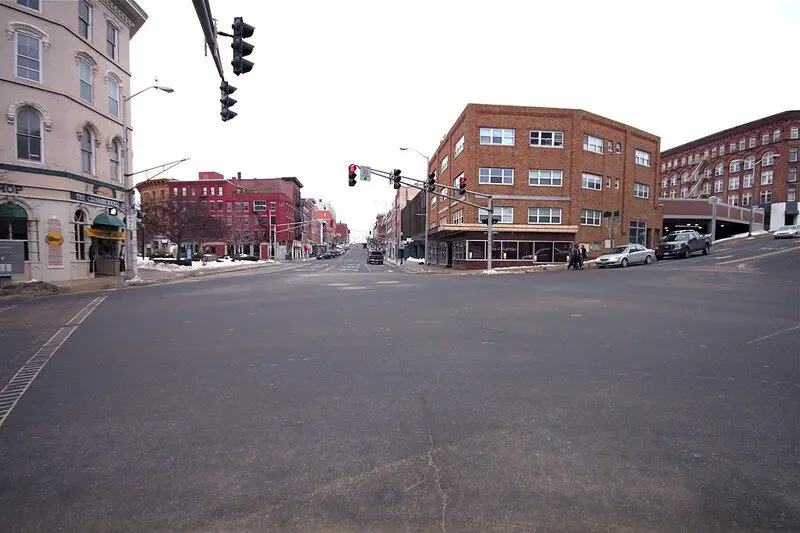
Maine is known for its natural beauty, and Bangor is no exception. This city consistently ranks among the cleanest in America, thanks to low population density, strict environmental policies, and minimal industrial pollution. The air here is fresh and crisp, largely because Maine lacks the heavy traffic and factories that pollute many other cities.
Another major factor? The dense forests surrounding Bangor act as natural air filters, absorbing carbon dioxide and releasing clean oxygen. The city also benefits from a culture that values the outdoors, with plenty of green spaces and sustainable initiatives that help keep pollution at bay. If you’re looking for a place where you can take a deep breath and actually feel good about it, Bangor is a solid choice.
4. Cheyenne, Wyoming

Wyoming’s wide-open spaces and low population density make it a haven for clean air, and Cheyenne is one of the best examples. This capital city has some of the lowest pollution levels in the country, thanks to minimal industrial activity and strict air quality regulations. The wind also plays a big role—strong gusts help clear out any pollutants before they have a chance to settle.
Cheyenne’s commitment to renewable energy also contributes to its clean air. Wyoming is a leader in wind energy production, and many of its power plants are transitioning to greener alternatives. Add in a culture that prioritizes outdoor recreation, and you have a city where the air is as fresh as the mountain views.
5. Santa Fe, New Mexico
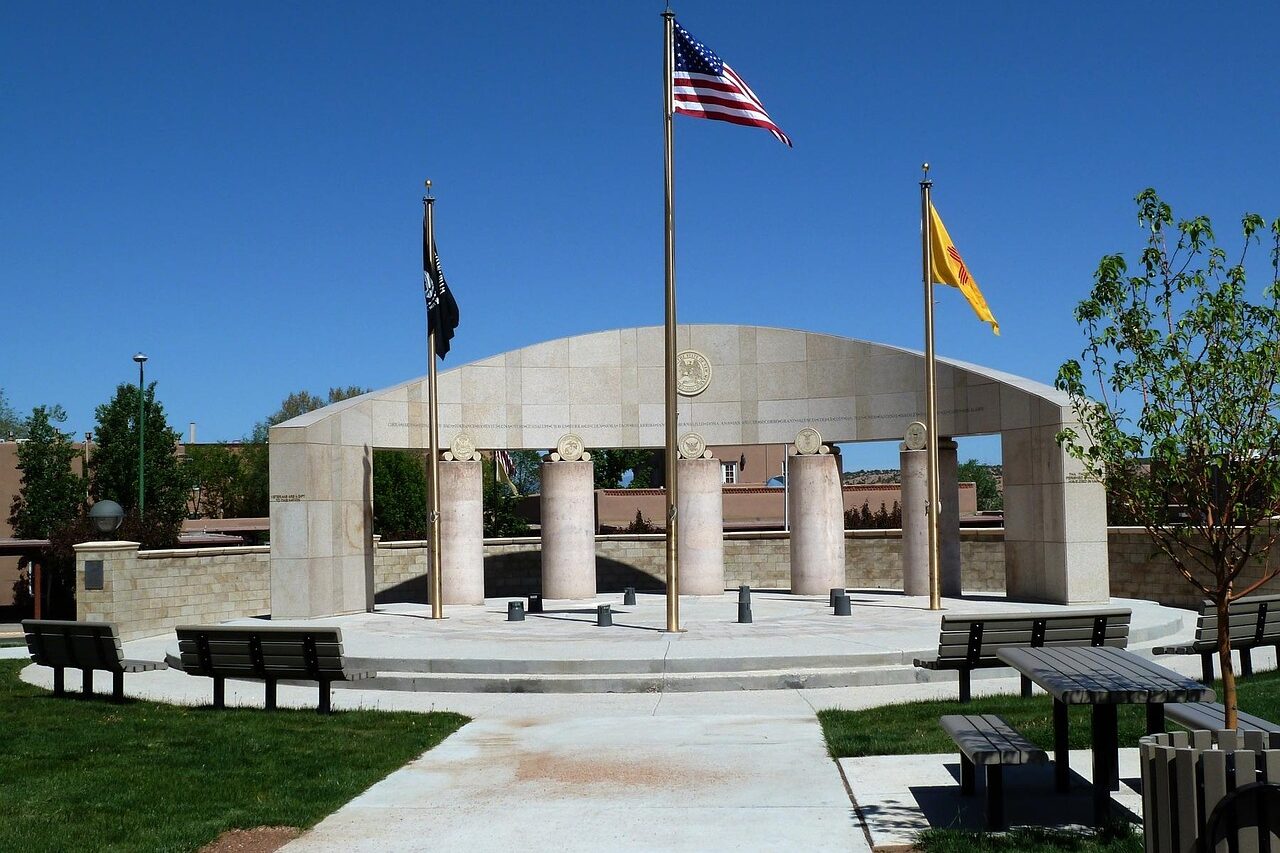
Santa Fe is more than just an artsy, historic city—it’s also one of the cleanest places to live. Thanks to its high elevation and dry climate, the city naturally has good air circulation, which prevents pollutants from lingering. But beyond geography, Santa Fe has also made conscious efforts to reduce pollution, with clean energy initiatives and strict environmental protections.
The city’s lack of heavy industry and relatively low traffic contribute to its stellar air quality. Instead of factories and congested highways, you’ll find bike-friendly streets, solar-powered buildings, and a strong commitment to sustainability. If you’re looking for a place where you can enjoy a sunset without a layer of smog dulling the colors, Santa Fe is it.
6. Asheville, North Carolina
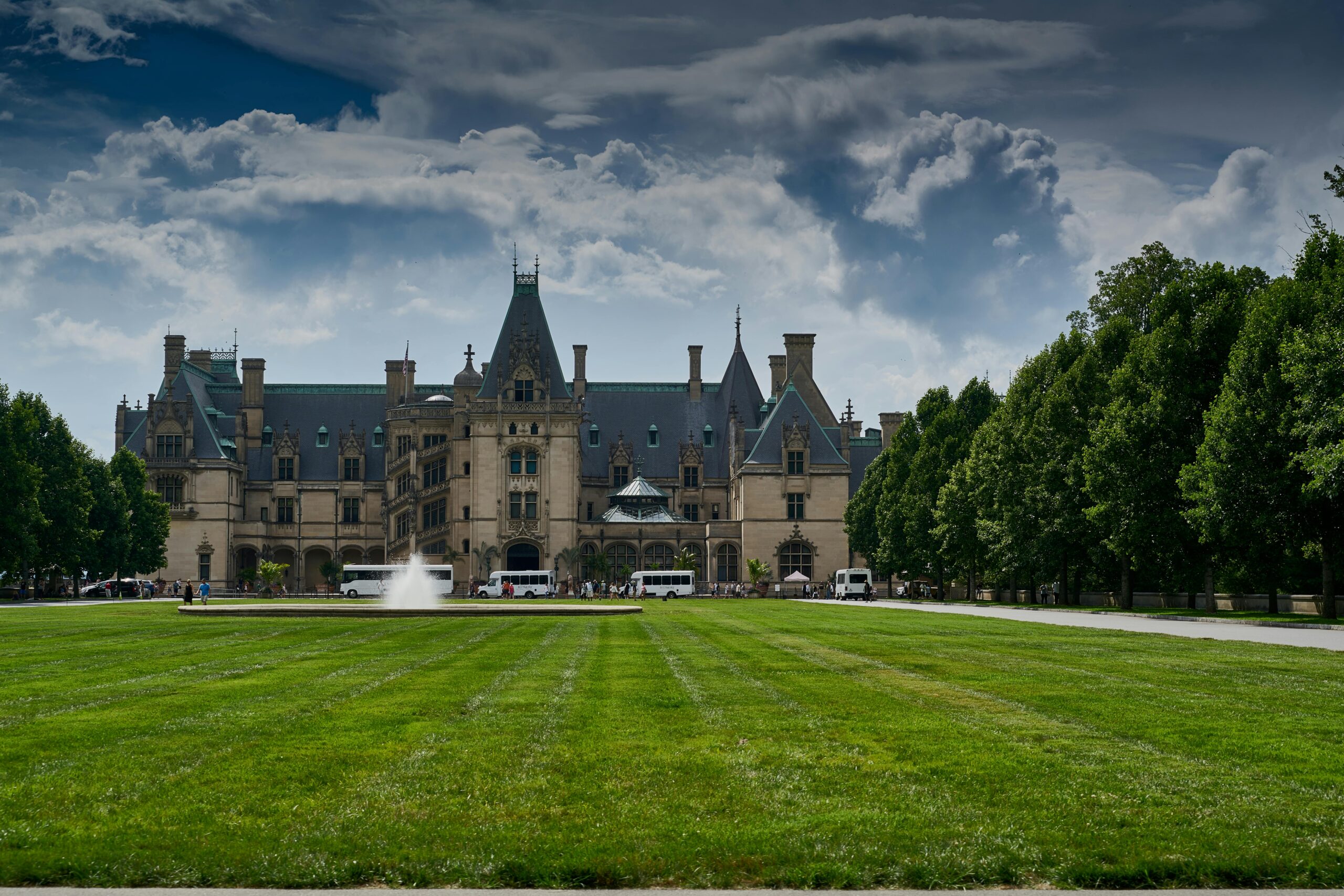
Nestled in the Blue Ridge Mountains, Asheville is not just a haven for artists and nature lovers—it’s also one of the cleanest cities in America. Thanks to its location and strong environmental policies, the air here is refreshingly crisp. Asheville has a low level of industrial pollution, and the surrounding forests help absorb carbon dioxide and filter out pollutants.
The city’s residents are big on sustainability, too. Asheville has a thriving local food movement, plenty of bike-friendly areas, and a commitment to renewable energy. With miles of hiking trails, fresh mountain air, and a culture that values clean living, it’s no surprise that Asheville is one of the best places to escape from smog and pollution.
7. Portland, Oregon
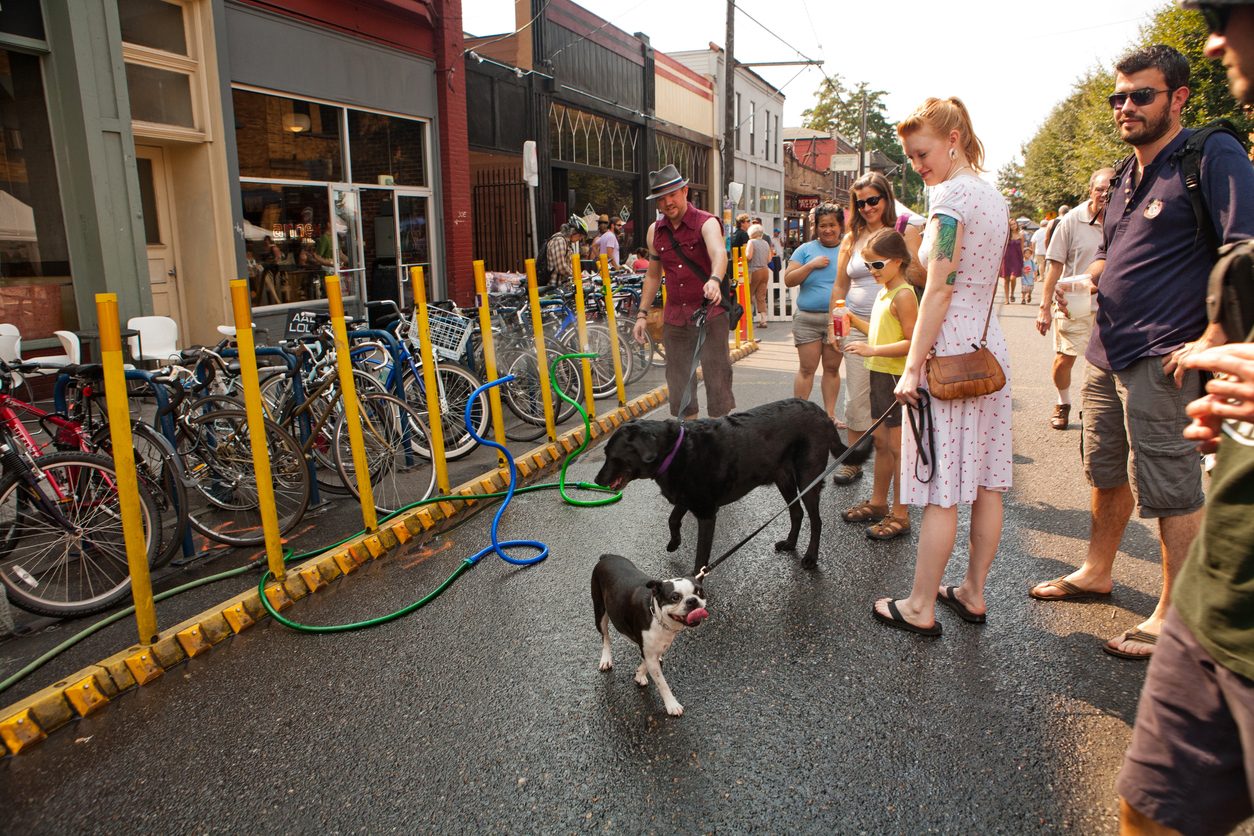
Portland’s reputation as an eco-friendly city is well-earned. With its extensive public transportation system, strong environmental policies, and commitment to clean energy, Portland consistently ranks among the cleanest cities in the country. The city has worked hard to reduce emissions from cars and factories, and it shows in the quality of its air.
One of Portland’s biggest advantages is its green spaces. From massive urban parks to tree-lined neighborhoods, the city has prioritized nature in its urban planning. The result? A city that not only looks beautiful but also provides cleaner air for its residents. Whether you’re biking along the Willamette River or hiking in Forest Park, you can breathe easy knowing Portland is leading the way in sustainability.
8. Boise, Idaho
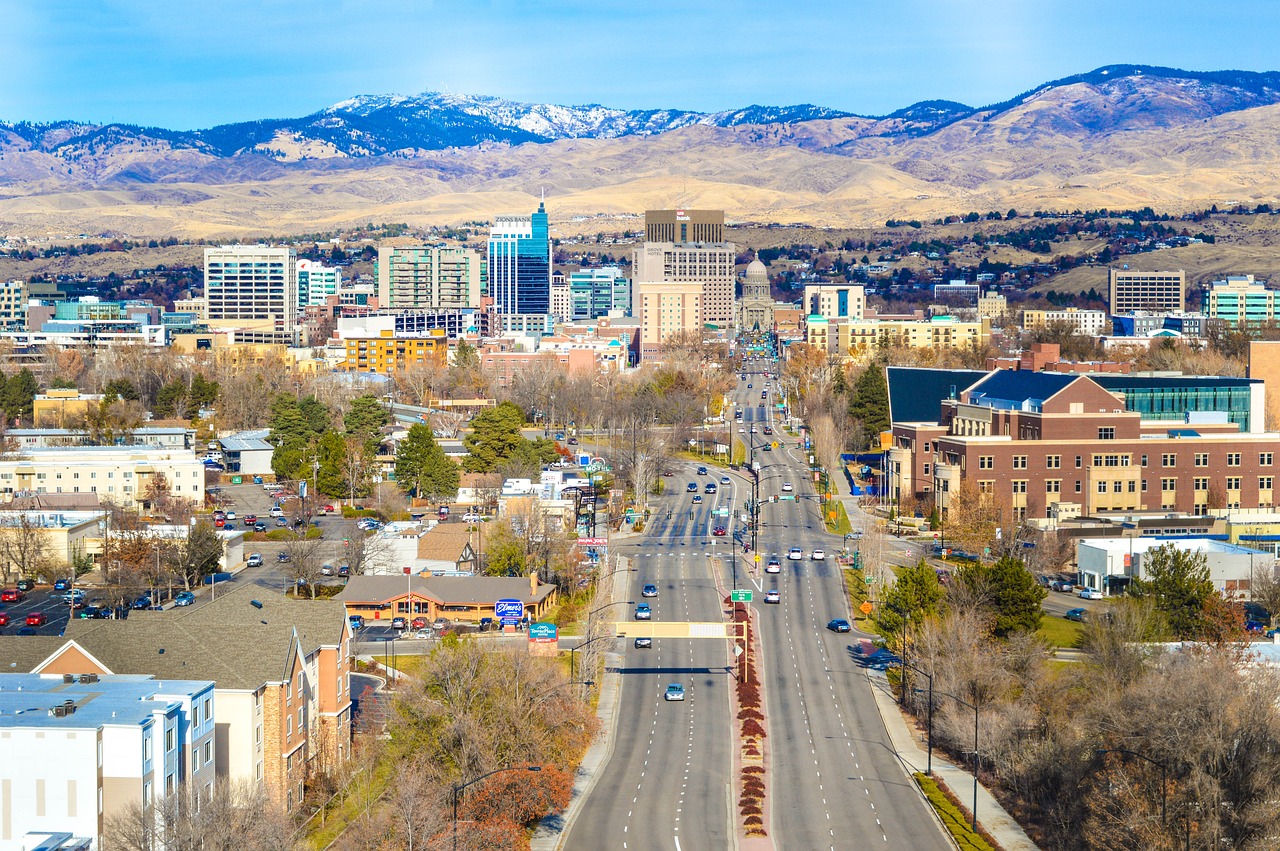
Boise is often overlooked, but when it comes to clean air, this city is a hidden gem. With its low population density, lack of heavy industry, and strong commitment to environmental preservation, Boise has some of the freshest air in the U.S. The surrounding mountains help keep pollution from settling, and the city’s focus on green initiatives keeps emissions in check.
The local government has made sustainability a priority, investing in renewable energy, water conservation, and clean transportation options. Boise also benefits from an active outdoor community that values the environment, with plenty of hiking, biking, and green spaces that encourage people to stay connected with nature. It’s a city where clean living isn’t just an idea—it’s a way of life.
9. Duluth, Minnesota
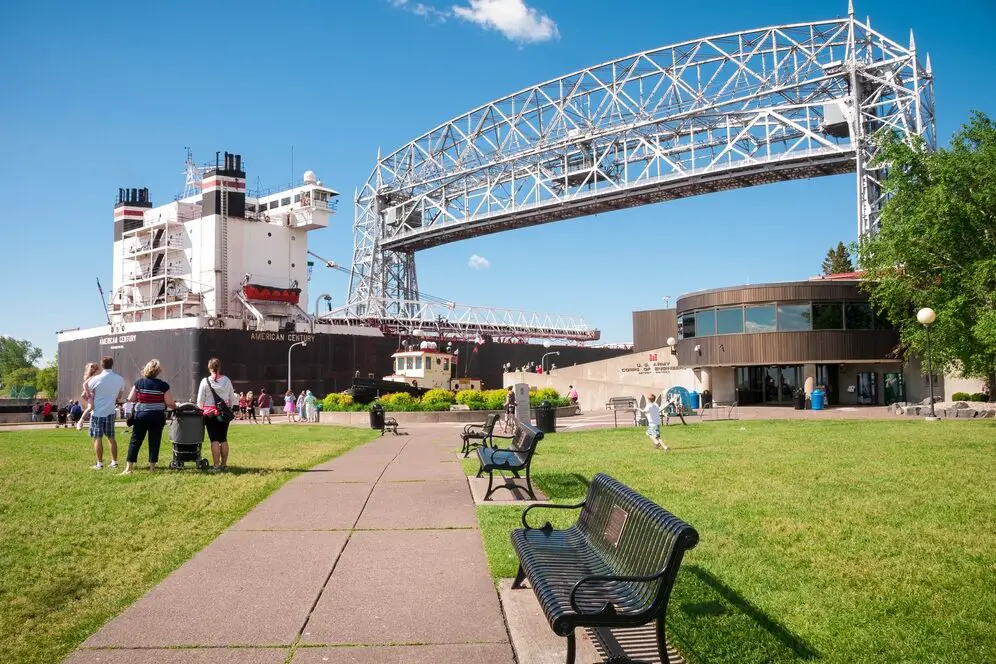
Duluth, perched on the edge of Lake Superior, boasts some of the cleanest air in the country. Thanks to its northern location and lack of major pollution sources, the city enjoys crisp, fresh air year-round. The lake itself helps regulate air quality, and the cold climate prevents smog from building up like it does in warmer, more congested cities.
Duluth’s commitment to sustainability is another reason for its clean air. The city has invested in renewable energy, reduced industrial emissions, and promoted eco-friendly policies that keep pollution at a minimum. With its stunning waterfront, outdoor recreation opportunities, and a population that values clean living, Duluth is proof that a city can be both beautiful and environmentally responsible.
10. Bismarck, North Dakota

Rounding out the list is Bismarck, North Dakota—a city that’s consistently ranked as one of the cleanest in the nation. With its wide-open landscapes, low population density, and minimal industrial pollution, Bismarck enjoys some of the freshest air you can find in an urban area. The state’s focus on clean energy, particularly wind power, has also helped keep emissions down.
Bismarck’s residents take pride in their natural surroundings, with a strong emphasis on conservation and sustainable living. Whether it’s through green building initiatives, water conservation efforts, or protecting open spaces, the city has made a conscious effort to maintain its clean air and environment. If you’re looking for a place where you can take a deep breath and truly feel refreshed, Bismarck is the spot.


